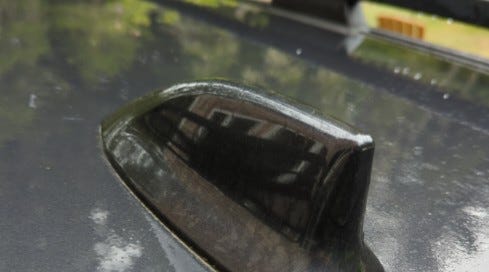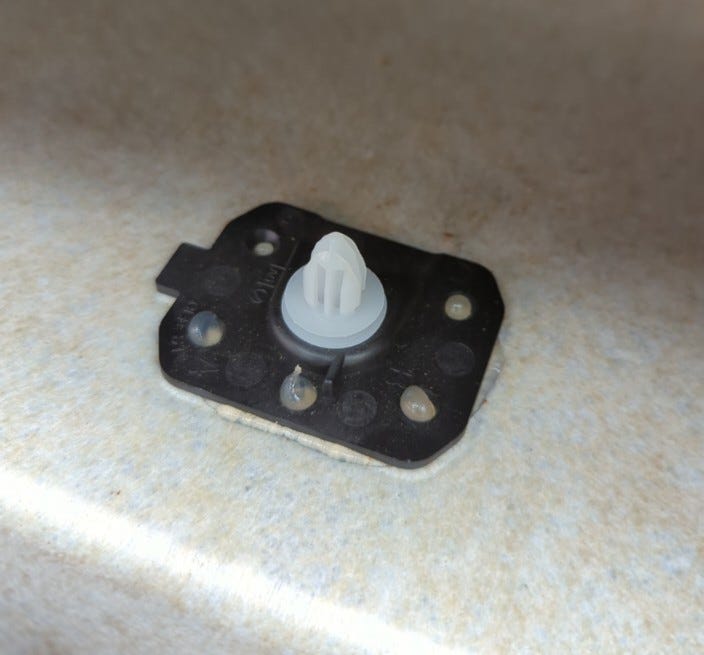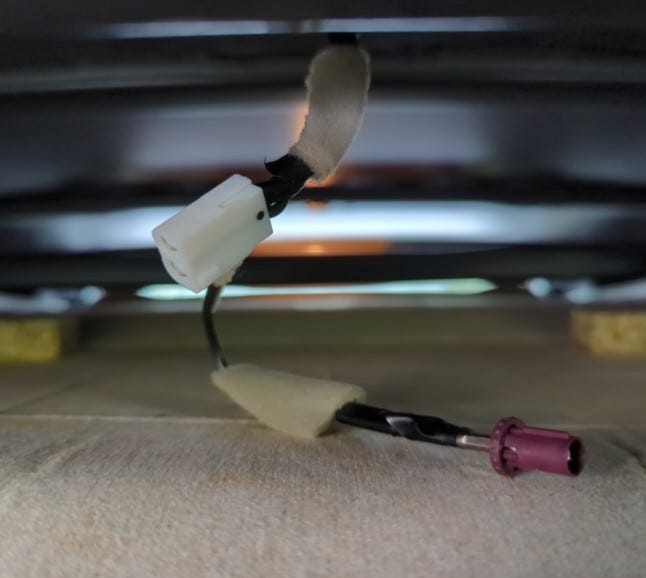You are a product to be bought and sold via your data. This threat is well documented with your cell phone and digital life, but with modern vehicles containing dozens of different onboard computer systems it is much harder to understand what data they are able to collect or transmit. And while chips from Chinese manufacturer Huawei have been banned from use in the telecommunications grid in the USA, there is nothing preventing auto makers from using them, which they do.
The three articles below offer some insight into this rapidly growing threat to your privacy.
There are also tools out there to check how your vehicles privacy policy rates such as the vehicle privacy report:
https://vehicleprivacyreport.com/
But when I retired my old F250 with 250,000 miles on it a few years back I purchased a new vehicle and started receiving emails when it was time for an oil change. Since this reminder was based on mileage rather than a set interval of time it was immediately apparent that this information was being transmitted, and only the naive would believe that the mileage was the only data being sent. Checking the privacy report can be instructive, but only action can remediate the situation.
Before we dive in, a word of caution from writer Cormac McCarthy:
“Our waking life’s desire to shape the world to our convenience invites all manner of paradox and difficulty.”
But I don’t intend this as a caution against taking action. Rather it’s intended to re-frame the reader’s point of reference to understand that we have already accepted “paradox and difficulty” due to our desire for convenience, and therefore taking action may, at times, result in a decrease in convenience.
If we prevent our vehicle from transmitting our data, we will also render all kinds of systems mute such as any GPS or radio or “Onstar” system it came with.
I remember a time before cars even had such things. I was fine then, and I’m fine without them now.
To begin we need to identify the vehicles antenna, which is likely the ubiquitous “shark fin” on many modern cars and trucks.
To access it, you will need to drop at least a portion of the headliner, this will vary based upon your vehicle, but the general concept should be fairly universal.
From the edge of the headliner, get your fingers under it and find the pop rivets.
A firm tug should “pop” them out, and you will likely find them every 6 to 12 inches.
Once you have enough room to work and access the underside of the antenna, there will always be quick disconnects nearby, and there may be more than one.
Once disconnected I never received another email suggesting an oil change. Plus this is 100% reversible should you decide to sell the vehicle or change your mind.
Technology is changing fast. There are proposals being pushed by the state supremacist left to force vehicle manufactures to include “black boxes” in which every bit of information from your locations to your driving habits would be stored for use by other entities. But you must remember that should that come to pass, once you purchase the vehicle that black box now belongs to you. And you may decide that you do not wish to have your wires from your vehicle connected to your black box. Or you may decide that you wish to store your black box in the shop rather than in your car.
In 2024, your adversaries are counting on your laziness and love of convenience to prove greater than your desire to exert control over your data. Its time to prove them wrong!







